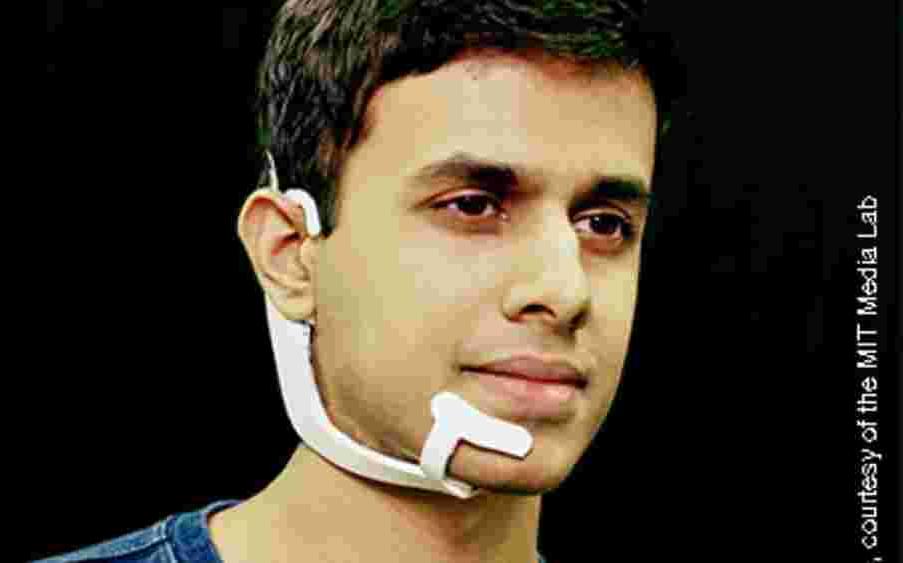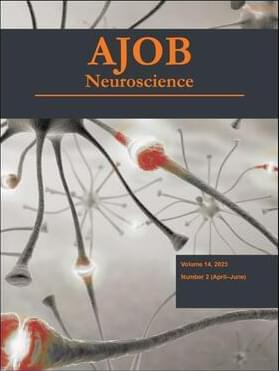In a ground-breaking experiment, researchers from the University of Groningen collaborated with their peers from Nijmegen and Twente universities in the Netherlands, and the Harbin Institute of Technology in China. Together, they confirmed the existence of a superconductive state that was first predicted in 2017.
Their findings, which demonstrate evidence for a unique form of the FFLO superconductive state, were recently published in the journal Nature. This breakthrough has the potential to be impactful, particularly within the field of superconducting electronics.







